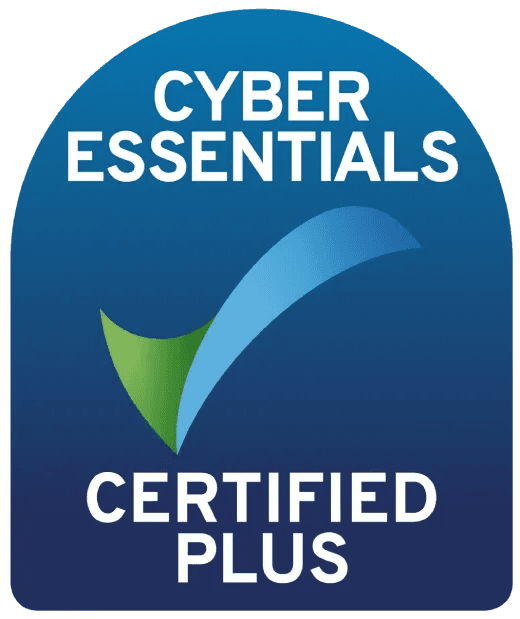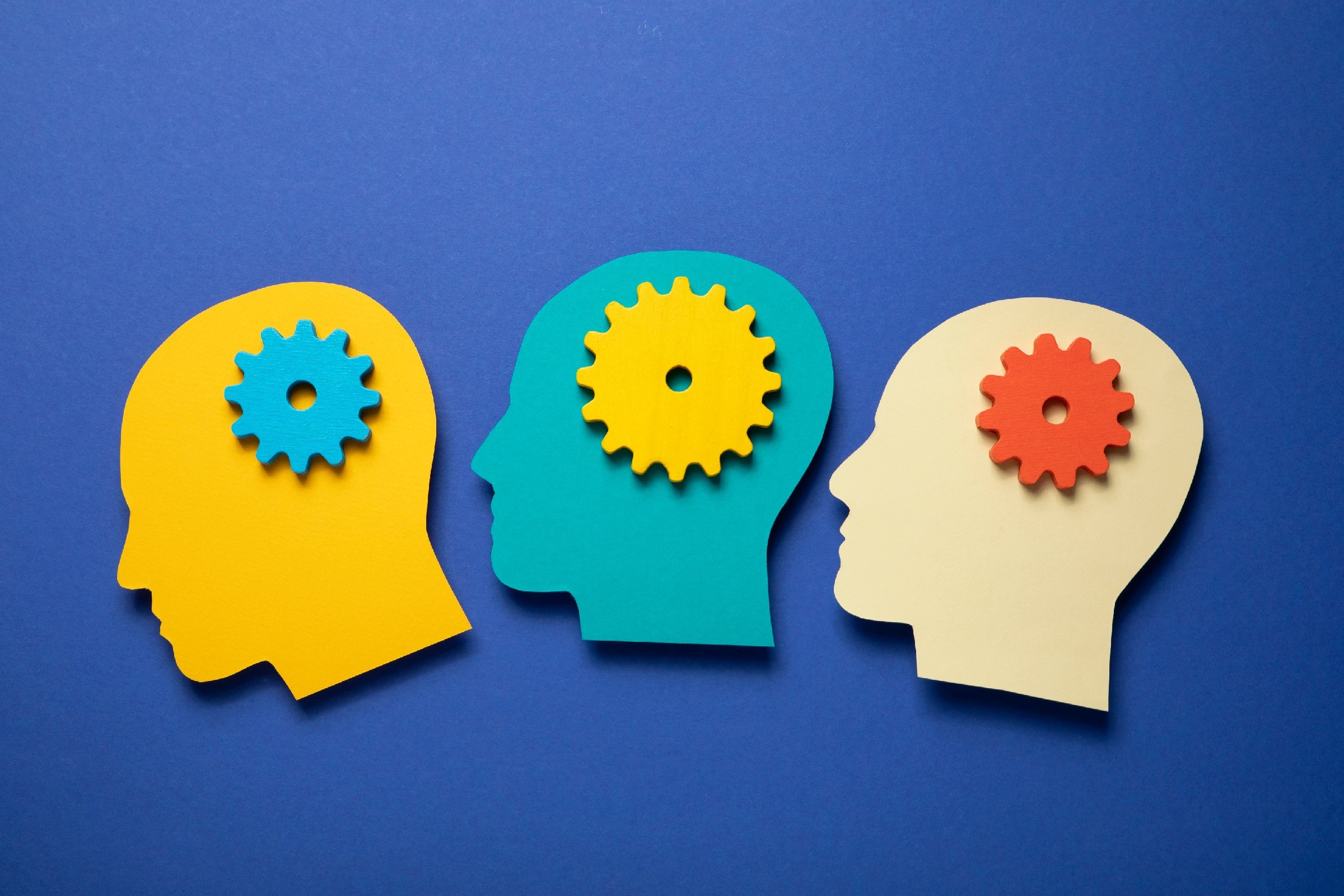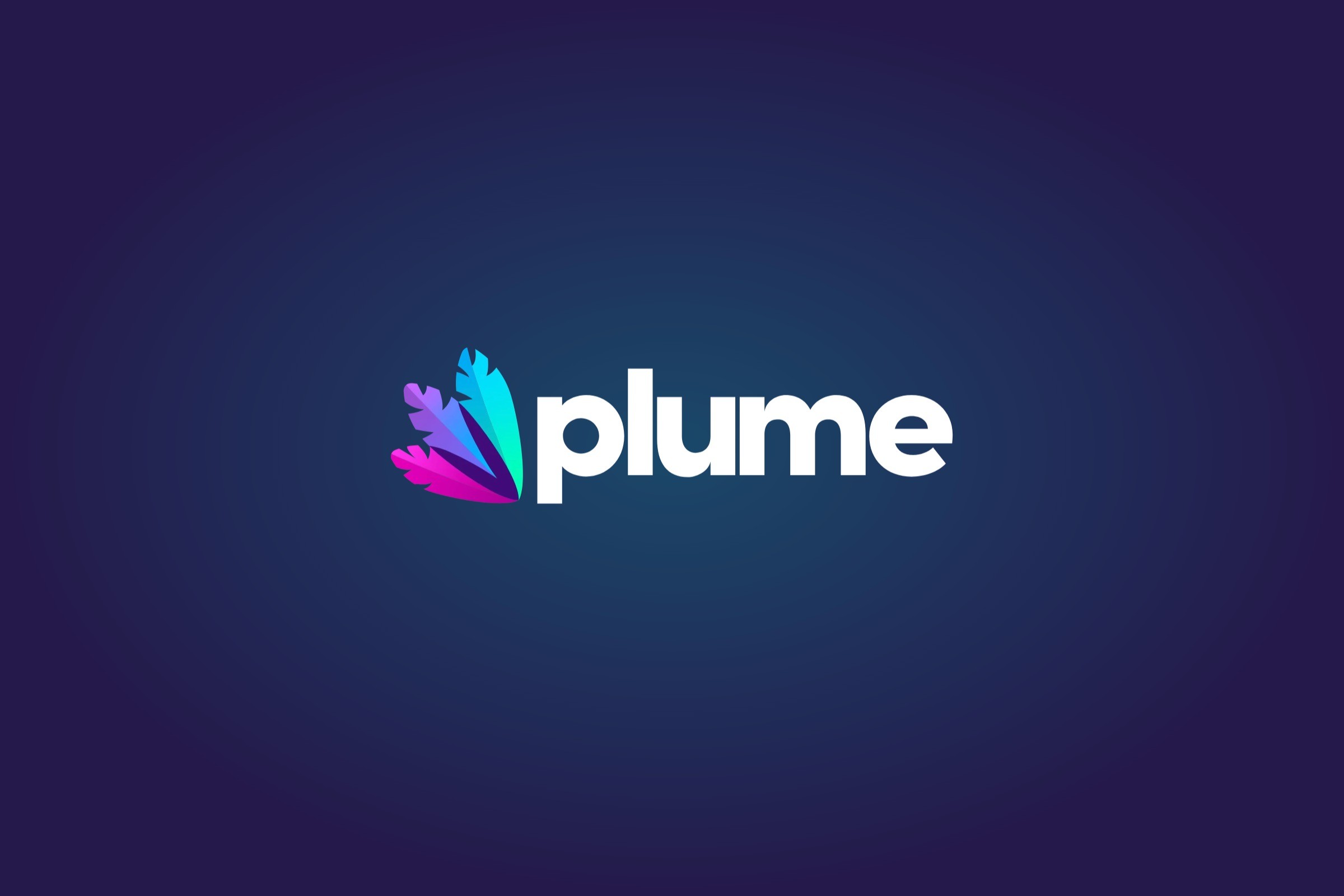Jan 26, 2024
Learner dashboards

Words by
Kaine Shutler

This feature gives learners a birds-eye view of their overall progress, including course progress, badges, certificates and so much more.
The dashboard’s main task is providing a global overview, with access to essential data and controls. For most learning apps and websites, users will expect to see information about courses they are enrolled in and any urgent information or alerts they need to act upon.
The best dashboards tend not to include more than 5 or 6 cards in their initial view. Here are some ideas on what we can display on a dashboard for a learning app:
User information, name, email, picture;
Courses they enrolled into, their progress and completed courses; a call to action to resume learning; and if you have a program that consists of multiple modules, definitely add a map that would show them where they are in their learning journey;
Certificates or other accreditation they received for completing courses;
Bookmarked courses to make sure they never lose sight of them;
Important alerts and calls to action, such as a link to join or sign up for an upcoming webinar, a reminder not to miss the next batch of the content, or an alert not to miss the expiration of their membership subscription. Anything that they need to pay attention to and see at all times.
Badge Cabinet and other gamification elements, such as points, levels, and progress map with a bird’s eye view of what it would take to accomplish their goals;
Leaderboard to encourage them to stay on top of things and keep competing for first place.
Remember, the key to a good dashboard is to know your audience and only include relevant elements that will help them to reach their goals, whether it be completing a course, passing with higher results, or interacting with other learners on the platform.
Jan 26, 2024
Learner dashboards

Words by
Kaine Shutler

This feature gives learners a birds-eye view of their overall progress, including course progress, badges, certificates and so much more.
The dashboard’s main task is providing a global overview, with access to essential data and controls. For most learning apps and websites, users will expect to see information about courses they are enrolled in and any urgent information or alerts they need to act upon.
The best dashboards tend not to include more than 5 or 6 cards in their initial view. Here are some ideas on what we can display on a dashboard for a learning app:
User information, name, email, picture;
Courses they enrolled into, their progress and completed courses; a call to action to resume learning; and if you have a program that consists of multiple modules, definitely add a map that would show them where they are in their learning journey;
Certificates or other accreditation they received for completing courses;
Bookmarked courses to make sure they never lose sight of them;
Important alerts and calls to action, such as a link to join or sign up for an upcoming webinar, a reminder not to miss the next batch of the content, or an alert not to miss the expiration of their membership subscription. Anything that they need to pay attention to and see at all times.
Badge Cabinet and other gamification elements, such as points, levels, and progress map with a bird’s eye view of what it would take to accomplish their goals;
Leaderboard to encourage them to stay on top of things and keep competing for first place.
Remember, the key to a good dashboard is to know your audience and only include relevant elements that will help them to reach their goals, whether it be completing a course, passing with higher results, or interacting with other learners on the platform.
Jan 26, 2024
Learner dashboards

Words by
Kaine Shutler

This feature gives learners a birds-eye view of their overall progress, including course progress, badges, certificates and so much more.
The dashboard’s main task is providing a global overview, with access to essential data and controls. For most learning apps and websites, users will expect to see information about courses they are enrolled in and any urgent information or alerts they need to act upon.
The best dashboards tend not to include more than 5 or 6 cards in their initial view. Here are some ideas on what we can display on a dashboard for a learning app:
User information, name, email, picture;
Courses they enrolled into, their progress and completed courses; a call to action to resume learning; and if you have a program that consists of multiple modules, definitely add a map that would show them where they are in their learning journey;
Certificates or other accreditation they received for completing courses;
Bookmarked courses to make sure they never lose sight of them;
Important alerts and calls to action, such as a link to join or sign up for an upcoming webinar, a reminder not to miss the next batch of the content, or an alert not to miss the expiration of their membership subscription. Anything that they need to pay attention to and see at all times.
Badge Cabinet and other gamification elements, such as points, levels, and progress map with a bird’s eye view of what it would take to accomplish their goals;
Leaderboard to encourage them to stay on top of things and keep competing for first place.
Remember, the key to a good dashboard is to know your audience and only include relevant elements that will help them to reach their goals, whether it be completing a course, passing with higher results, or interacting with other learners on the platform.
Plan your next learning platform with our founder
About Plume
As the leading custom LMS provider serving training businesses in the US, UK and Europe, we help businesses design, build and grow pioneering learning tech that unlocks limitless growth potential.

Plan your next learning platform with our founder
About Plume
As the leading custom LMS provider serving training businesses in the US, UK and Europe, we help businesses design, build and grow pioneering learning tech that unlocks limitless growth potential.

Plan your next learning platform with our founder
About Plume
As the leading custom LMS provider serving training businesses in the US, UK and Europe, we help businesses design, build and grow pioneering learning tech that unlocks limitless growth potential.



